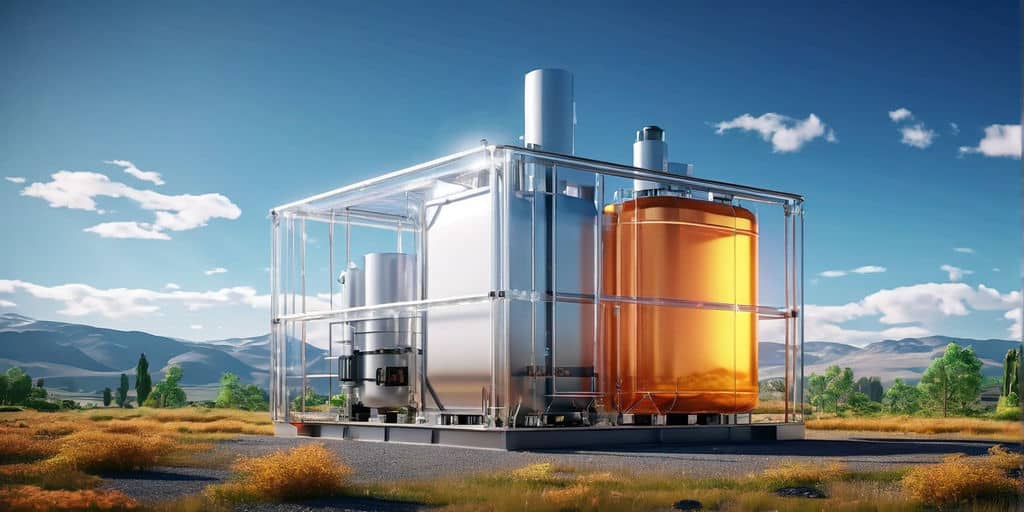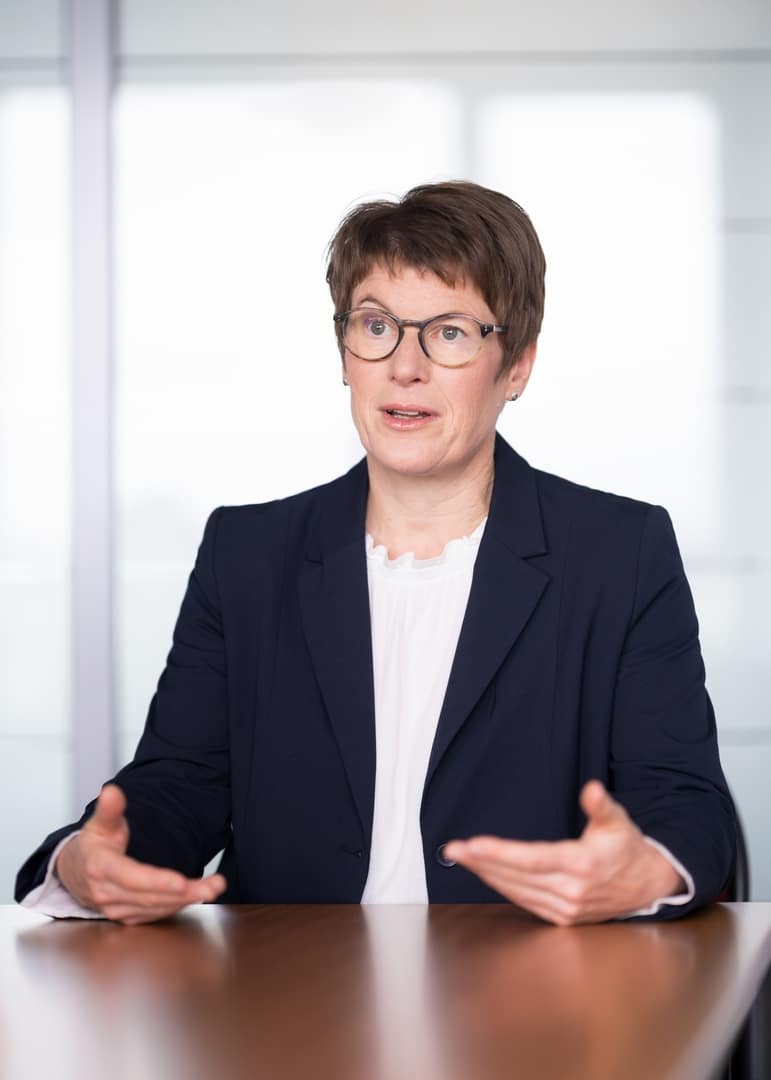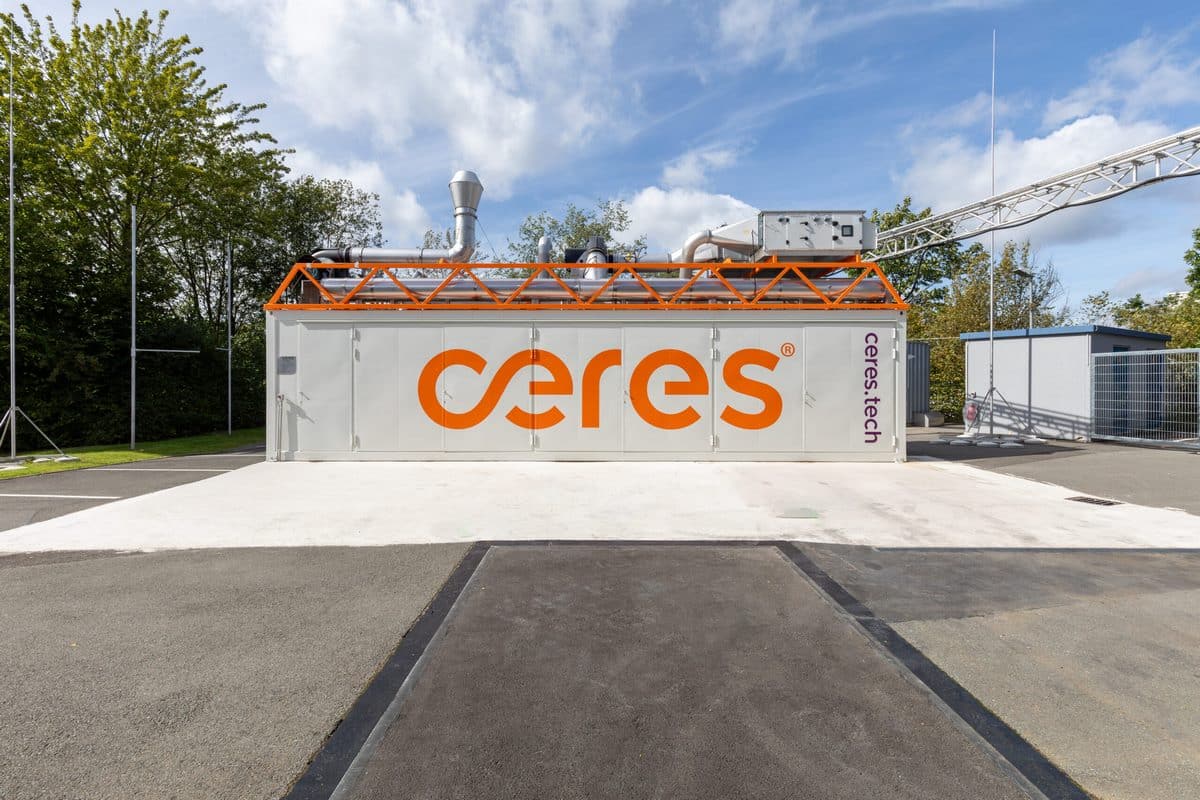
In many communities, electric buses have been the latest innovation to grab the attention of passengers and mayors alike. While passengers are just thrilled about the quiet and smooth ride, mass transit companies are looking for businesses that can deliver these types of vehicles, especially fuel cell ones, as quickly as possible. However, few options are for sale, despite a boost in demand.
And although the European Union has offered a great deal of funding to help towns and cities make the switch to sustainable alternatives, financial support alone will not be enough if bus makers fail to deliver.
There is no doubt that the future of mass transit belongs to electric vehicles. For this reason, the Fuel Cells and Hydrogen Joint Undertaking decided to relaunch its project named Joint Initiative for hydrogen Vehicles across Europe, or JIVE, in early 2018. The aim of JIVE 2, headed by Element Energy, is to put an additional 152 fuel cell buses on the streets of 14 towns and cities in Germany, France, Iceland, the Netherlands, Norway, Sweden and the UK. Together with the 139 units deployed during the first project, the number of hydrogen buses in Europe could total almost 300 by 2023. At that point, they will need to be available 90 percent of the time, while their fuel cell stacks will have to last at least 20,000 hours.
Then, last fall, the EU announced it would provide EUR 40 million for a second project called H2BusEurope, with the aim of building another 600 fuel cell buses and the related infrastructure. This project is part of Connecting Europe Facility, launched in 2014. The EU Commission allocated EUR 700 million to the program in 2018 to help decarburize Europe’s transportation market. So far, it has supported 641 projects with a total of EUR 22 billion.
H2BusEurope is being coordinated by Nel Hydrogen, a fuel cell maker based in Norway. Given the fact that the country is not part of the EU, there were no plans to use it as a destination for buses from the project. But that did little to deter Norwegian businesses from participating in the broad roll-out of fuel cell buses and hydrogen stations in Europe. All throughout Scandinavia, industrial companies set up partnerships to update their fleets. Nearly a third of the fuel cell buses to be tested in JIVE 2 will reportedly run in Denmark, albeit its government sees the electrification of taxi cabs and buses as merely one method among many to turn the country’s capital Copenhagen into the world’s first zero-carbon city by 2025. Plans are to begin putting them in service in 2020.
…
read more in H2-international April 2019
























1.): As long, as those experiments ARE heavily funded with heavily
earned taxpayer`s money, there is a long running WRONG in these fields!
2.): As long, as the peope inside the German automotive industry
are NOT able to read the writing on the walls, why should we feel sorry for them?
3.): As long, as the source (making of…) the hdrogen in question is not 100% renewable,
all this does NOT matter at all.
4.): Check out my personal experiences with hydrogen buses,
riding on BLACK (fossil made…) hydrogen, which I made in Perth, Australia here:
http://www.hydrogenambassadors.com/meet-aae/wren2007/fuel-cell-bus-trial.php